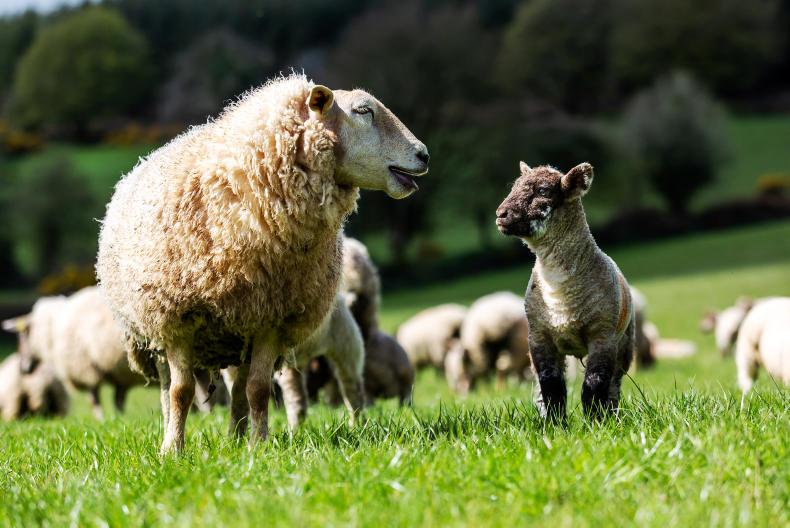It really has been an exceptionally healthy spring, with most vets I’ve been chatting to saying they were unseasonably quiet. With calves and lambs out on most Irish farms, the focus drifts to diseases that are associated with the outdoors and grazing, with clostridial diseases among those that affect lambs and calves.
While many flocks vaccinate, we are still seeing some issues with flocks that don’t. We have also seen an increase in clostridium sordelli in lambs, with not every vaccine covering this strain. Most farms will have clostridial bacteria or spores lurking in soil or even in the guts of healthy animals.
Top things to remember
The family of bacteria have many types or species and they are most often found in soil. This is why grazing time is an increased risk period. Most enter the body after being ingested and some enter through wounds.
Treatment success is very poor with most clostridial diseases, even when discovered early.
With any fallen stock or sudden death, it is crucial to find out why it occurred.
Most clostridial diseases progress rapidly and we often find stock dead
In my opinion, post-mortems are underutilised disease management tools on our farms.
Carcases of dead animals can pose a particular risk and should be disposed of correctly.
Most clostridial diseases progress rapidly and we often find stock dead. Most times clostridial diseases will be associated with triggers like stress, changing diets and parasites, particularly liver fluke.
In lambs, weaning time is a risk period, or any time there is a big dietary change.
Vaccination makes so much sense
A lot of farms will be vaccinating for clostridial diseases in lambs. There are three main vaccine options on the market. Each has its advantages and there is no perfect one-fits-all model.
Some of the key things for most flocks is to aim to boost ewes four to six weeks before lambing and then give lambs two doses four to six weeks apart as their primary dose. Replacements are vaccinated annually. With purchased stock, I recommend two shots shortly after arrival and then fall into routine flock vaccination.
Three main vaccine options are available for flocks:
1 Pasteurella and clostridial vaccination combination.
2 Eight and one clostridial vaccine.
3 10 and one clostridial vaccine.
The pasteurella vaccine has the advantage of covering lambs for the most common cause of pneumonia also, but only contains seven of the clostridial strains. Farmers wishing to cover for more must go with the eight and one or 10 and one shots. You can combine either of these with pneumonia vaccine on its own if you wish.
With clostridial bacteria present on all our sheep farms, it makes sense to have a vaccination policy for your flock.
In the above table we talk through the different diseases and which vaccine is the best option.






 This is a subscriber-only article
This is a subscriber-only article










SHARING OPTIONS: